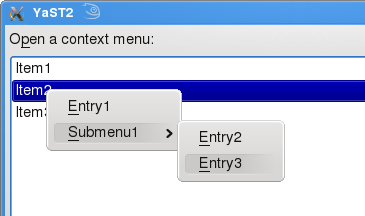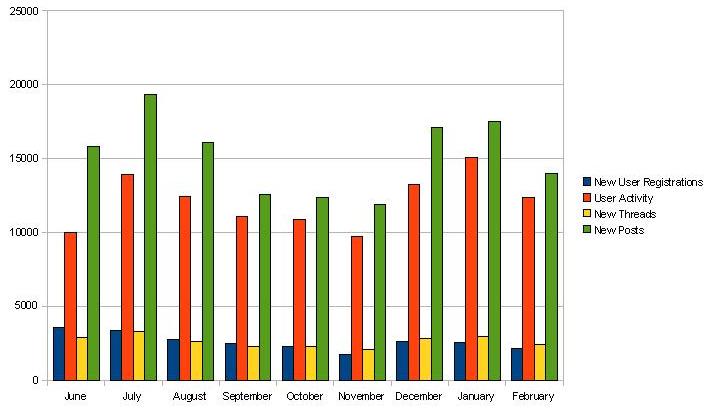Today I tried a new way to do a live upgrade with one of my machines from 11.0 to 11.1. In the end, it takes nearly 1 day, because I had to download nearly 3,2 GB software (puh!) – but for me it was just a 3 minute work 🙂
It turns out that the most problematic part was the new RPM-“Distribution” string for openSUSE since 11.1. As openSUSE is now completely build in the openSUSE Build Service, the Distribution string of each package switched from “SUSE LINUX Products GmbH” to “openSUSE 11.1” – and zypper complains about this vendor switch during a live upgrade.
My Solution: Just create a new file “/etc/zypp/vendors.d/openSUSE” as root and insert the following content:
[main]
vendors=openSUSE,SUSE LINUX Products GmbH
Now, zypper identifies packages from Vendor “openSUSE” as the same as packages from vendor “SUSE LINUX…”
Whats left is the adaption of the repositories (they should point to 11.1 now):
localhost:~ # cd /etc/zypp/repos.d/
localhost:~ # sed -i “s|11.0|11.1|g” *
…and right afterwards, the show can go on…
localhost:~ # zypper ref
Retrieving repository ‘OBS-Edu’ metadata [done]
Retrieving repository ‘Packman Repository’ metadata [done]
…
localhost:~ # zypper dup
Loading repository data…
Reading installed packages…
Computing distribution upgrade…
The following packages are going to be upgraded:
…
Press “y” and Enter – and go to bed or something else – next day, reboot your machine and welcome your new 11.1!



